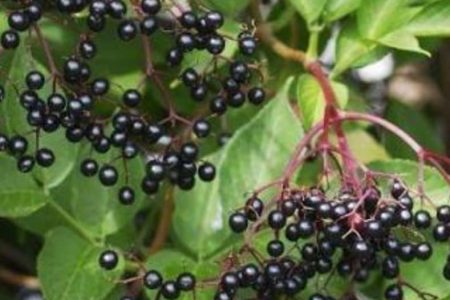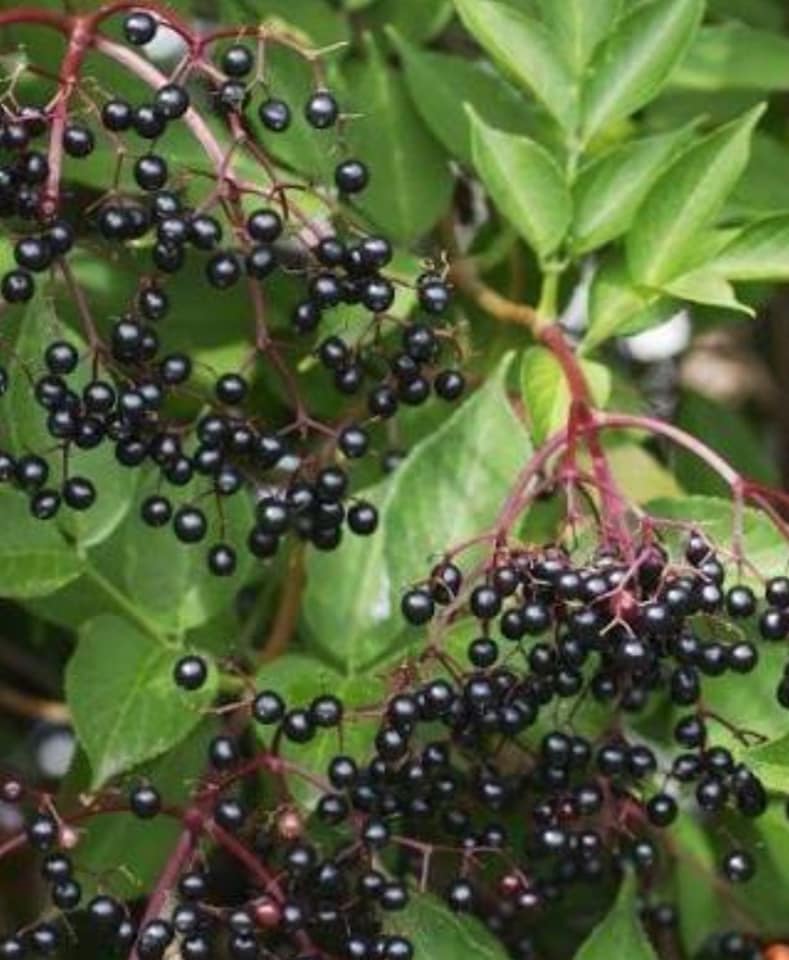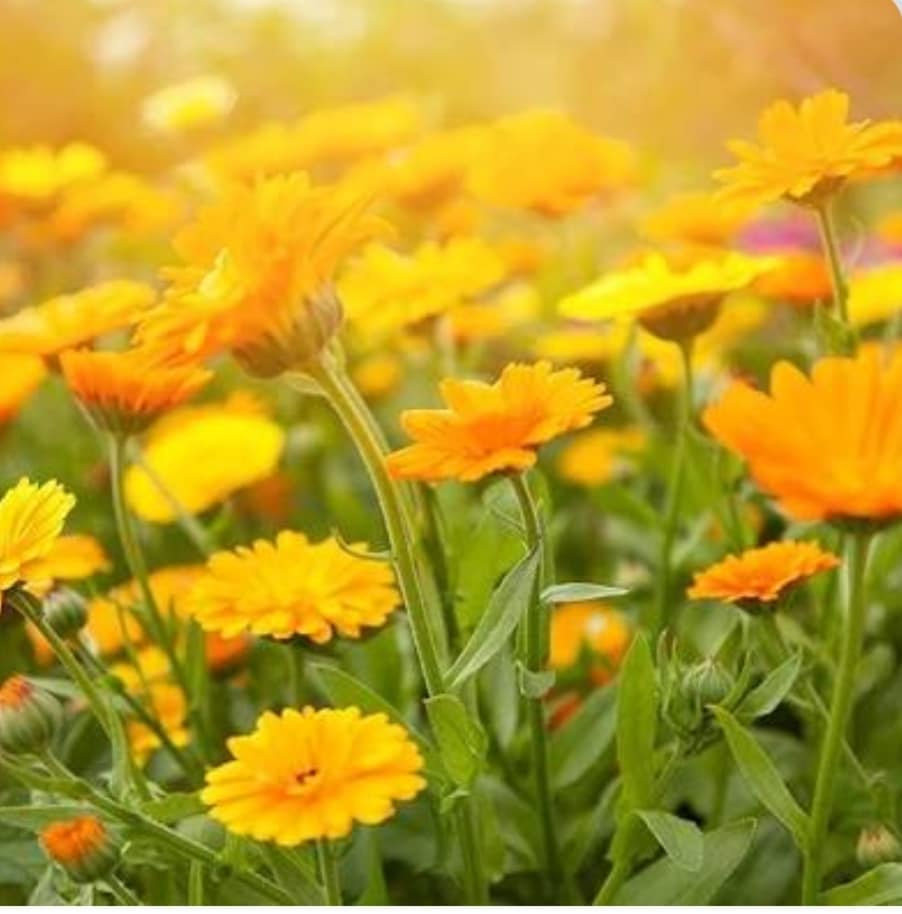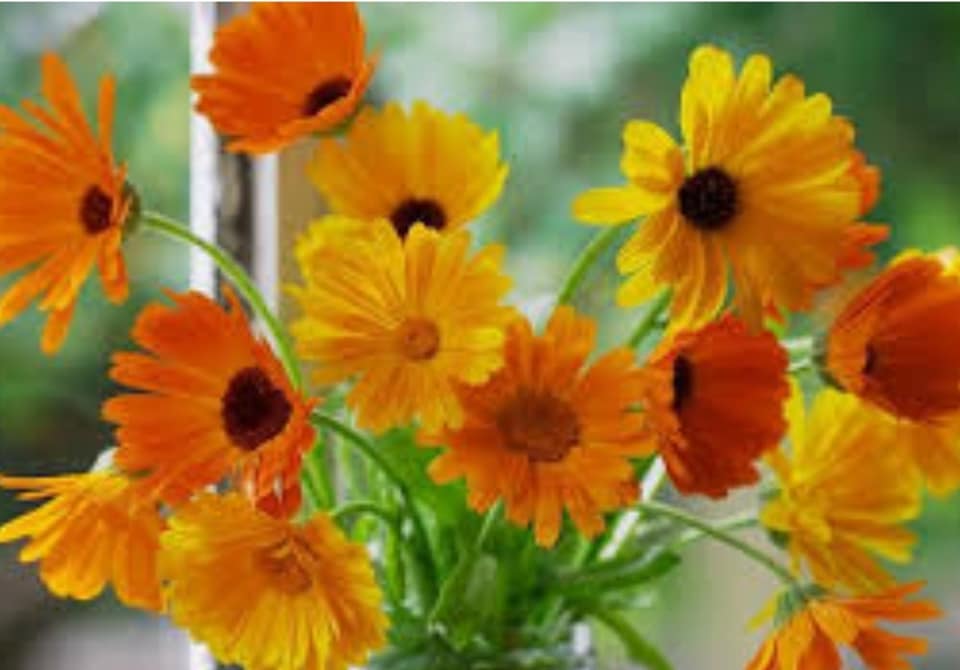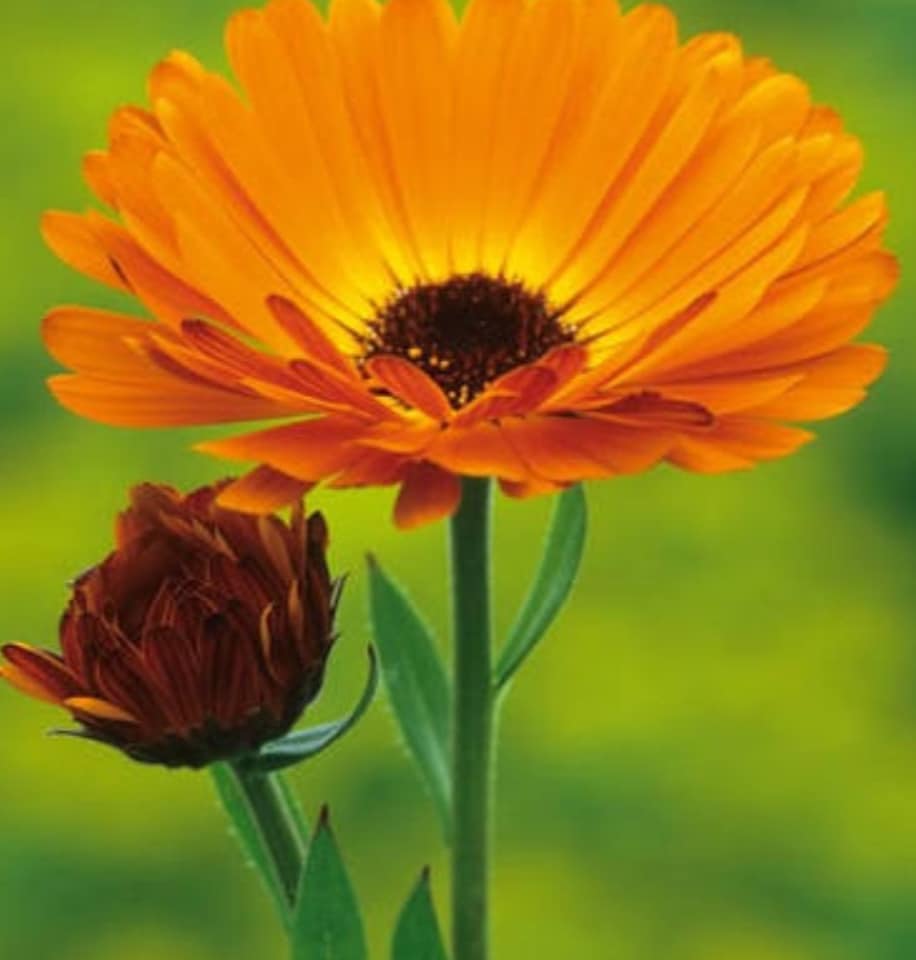Eldeberry comes from the Elder tree (Sambucus nigra).
The first time I heard about Elderberry was from my grandmother. She told me how they would pick and boil the berries into a syrup to be drunk through the winter.
It can be made as a jam as I did this winter. Although I must warn you not to add pectin, as its got more than enough of its own.
It is commonly added in the the making of mead, aswell as can be found in many infusions you can buy.
It has a high vitamin C content, contains fibre, antioxidants and has potent antiviral properties.
A study conducted by Professor Fariba Deghani, Dr Golnoosh Torabian and Dr Peter Valtchev as part of the ARC Training Centre for the Australian Food Processing Industry showed that compounds from elderberries can directly inhibit the influenza virus’s entry and replication in human cells, and can help strengthen a person’s immune response to the virus.
This works by blocking key viral proteins responsible for both the viral attachment and entry into the host cells.
Basically speaking can shorten the life of the illness as much as by half and reduce symptoms of upper respiratory infections.
I quote “we identified that the elderberry solution also stimulated the cells to release certain cytokines, which are chemical messengers that the immune system uses for communication between different cell types to coordinate a more efficient response against the invading pathogen,” said Centre Director, Professor Fariba Deghani.
Elderberries also prevent or shorten the duration of herpes outbreaks, decrease pain and inflammation.
The Elder can also be used in healing spell work.
Working on both a physical and emotional level.
Bathing in Elderberry (small amount of juice to bath water) can also aid emotional and spiritual healing.
The stem of the Elder was said to have brought fire to man by the God Prometheus.
It has long been known as the tree of medicine but also a tree of witches and feared by many, it was said witches could turn themselves into Elder trees, this however I have yet to attempt.
A tree of death, rebirth and reincarnation.
This tree is very special and a whole ritual was preformed before berries were picked in some traditions.
This tree is known to me as “the tree of our lady” and holds “magical properties” in my opinion.
Drinking Elderberry is said to increase your intuition.
Also known for healing, protection and prosperity.
Long known as the tree of the fae.
It is said that on midsummer if you sit close to mother earth by an Elder you might see the fairy king.
It is said that “to burn an Elder tree would leave you cursed”.
Never cut an Elder without first asking permission from mother earth as this is also said to have negative repercussions.
If an Elder self seeds outside your dwelling it was said to bring you great protection.
The word Elder comes from the anglo-saxon “aeld” meaning fire. This is because the soft pith was pushed out easily to make a pipe to blow up the fire. Later bellows were made from Elder for the same use.
In the summer we find the Elder standing with gorgeously fragrant white flowers, by winter the deep purple berries appear.
When picking leave some for deer, birds and other animals to feast.
Needless to say we need to keep a balance between our needs and that of the world around us trying to lessen our impact or even better improve that of our surroundings, but thats another post for another day.
Also please be aware that before washing then boiling you first have removed every single stalk as these contain poisonous compounds also be sure to use only the deep purple berries not the green ones.
Lots of love and Brightest Blessings
